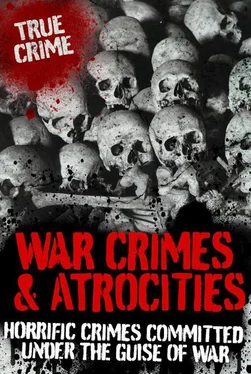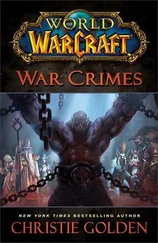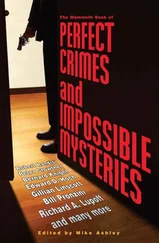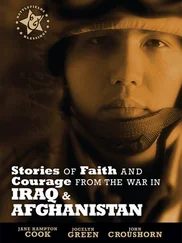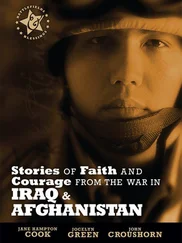Just prior to the massacre, the Indonesian army were sweeping through villages and towns in East Timor, rounding up anyone who they believed might be planning to talk to a UN-sponsored delegation that was due to arrive from Portugal. The Indonesians threatened people throughout the country, warning them that if they talked to the delegation they would be killed. Ironically, the delegation never actually arrived in East Timor, but the Indonesians decided to carry out a massacre anyway. Just after the announcement that the delegation was to arrive, the Indonesians stormed the San Antonio de Motael church and seized a young man by the name of Sebastiao Gomes. He was shot at point-blank range, and it was his funeral at Dili on 12 November that attracted such a large crowd of mourners.
As the funeral procession wound its way through the streets of Dili, many other people joined in. Some went to stand beside the newly dug grave, while others waited outside, hemmed in by the walls of the cemetery. They stood around talking excitedly and nervously, but one of the crowd noticed that the exit had been blocked by an Indonesian army truck. As they turned to look down the road, the crowd noticed a long, slowly-marching column of uniformed soldiers. The crowd grew nervous, as the seemingly endless line of soldiers advanced closer and closer. They were right to be nervous, and it wasn’t long before the inconceivable happened. The soldiers broke ranks, raised their rifles and fired in unison into the crowd of people standing in the cemetery. People fell where they stood, too stunned to move; others tried to flee, gasping in horror, only to be gunned down. The street was soon awash with blood, with the bodies of schoolgirls, young men and older Timorese lying to left and right. It was a deliberate mass murder of unarmed, defenceless people with no provocation whatsoever.
A SLOW RECOVERY
The Santa Cruz massacre was actually the turning point for the people of East Timor, as it set in motion a chain of events that led to the country becoming independent. Even though the people of East Timor now have their freedom and independence, it will probably be many more years before they see justice for the decades of abuse inflicted on them by the Indonesian military.
The rebuilding of East Timor has been one of the United Nation’s biggest success stories, but the continuing state of poverty and unemployment means that the country will need to rely on outside assistance for many years to come.
1980s–2006

Sri Lanka (meaning ‘resplendent island’) is a lush, beautiful place that is located just off the south-eastern coast of India. However, its white beaches and beautifully scented flowers are just a backdrop to an island that has been the scene of one of the world’s most violent and merciless conflicts.
The island of Ceylon (as it was once known), which is located off the coast of India, is the home to two major ethnic groups – the Sinhala and the Tamils. The Sinhala call their country Sri Lanka, while the Tamils call theirs Tamil Eelam. In the early 1800s, the British took control of Ceylon and installed a form of government which, in theory, gave the Sinhala control of the whole island. The Tamils, who were not pleased by the situation, to say the least, claimed that the Sinhalese subjected them to constant harassment, persecution and even torture. The Tamils formed a group called the Liberation Tigers of Tamil Eelam (LTTE) and started a civil war against the Sinhalese in 1983. The war has swung to the advantage of both sides over the years, and it is estimated that as many as 60,000 people have been killed and more than one-and-a-half million more displaced.
With a population of approximately 18 million, the losses that Sri Lanka has experienced can be compared to those suffered by France and the UK in both World War I and World War II. The war is between the Sri Lankan forces, who represent the Sinhalese Buddhist majority, and the LTTE, who want a separate state in the north and east of the island for the predominantly Hindu Tamil minority.
Both sides have committed serious war crimes and over the years, despite numerous assurances, they have continued to eliminate defenceless soldiers and committed atrocities against innocent civilians time and time again. For example, in 1993 alone, at least 200 Tamil civilizians were killed when the Sri Lankan army bombed villages, destroying churches, hospitals, schools, houses and factories – none of which were legitimate targets of war. Almost one-quarter of Sri Lanka’s Tamil population have fled the country during the years of active warfare, which has created a dispersion of around 600,000 and 800,000 worldwide.
THE TAMIL TIGERS
From the start of the 1970s, the Liberation Tigers of Tamil Eelam (LTTE) developed into a formidable and frightening fighting force. They are said to be about 10,000-strong and their soldiers consist of men, women and children. By either abducting or using threatening tactics on their parents, the Tigers have managed to recruit thousands of underage child soldiers, some as young as eight years old. Tamil families in the north and east of Sri Lanka have literally been press-ganged into letting their sons and daughters leave home for military service. When the families refused, the Tamils simply abducted the children from their homes at night or waited until they came out of school. Even since the ceasefire began in 2002, the Tamil Tigers have still continued to recruit children, taking advantage of the refugees who were found homeless after the catastrophic tsunami in 2004. Since the start of February 2002, the Tamil Tigers have recruited over 3,516 children, but the United Nations Children’s Fund (UNICEF), states that this probably only represents a small proportion of the total number.
Apart from fighting the conventional war, the Tamil Tigers have also targeted civilians and deliberately attacked villagers. In one early morning attack in 1999, the Tigers were accused of literally hacking to death women and children in a majority Sinhala village. The Tigers have been accused of trying to ethnically cleanse Jaffna, when they asked all the non-Tamils to leave in 1990.
The Tamils are also notorious for their suicide attacks, which are conducted by highly motivated men and women. These people literally turn themselves into human bombs.
1983 GENOCIDE
The anti-Tamil riots that took place in July 1983 in Sri Lanka changed the course of the nation’s history. The riots, which were vicious and bloody, lasted for several days and left over 3,000 Tamils dead and a considerable amount of property destroyed. Instead of trying to stop the genocide, Sri Lankan politicians, police and armed forces, as well as several members of the Buddhist clergy, actually took an active part in many of the murders and rapes. The Tamils were targeted by the Sinhalese, who subjected them to untold misery. They were beaten or hacked to death in a frenzy of racial hatred, and their homes and businesses were razed to the ground. The riots caused fear in the Tamil society, and created a movement of refugees within the island. Thousands of Tamils fled to Tamil Nadu, Europe and North America. Even the Sri Lankan President, Jayawardene, refused to condemn the riots and refrained from issuing any form of statement until a few days after the riots were over.
Perhaps one of the most brutal and obviously well organized part of the riots, took place within the confines of a prison in the city of Colombo. Although it was supposed to be a place of maximum security, not just one, but two massacres took place there in the space of just one week.
Читать дальше
